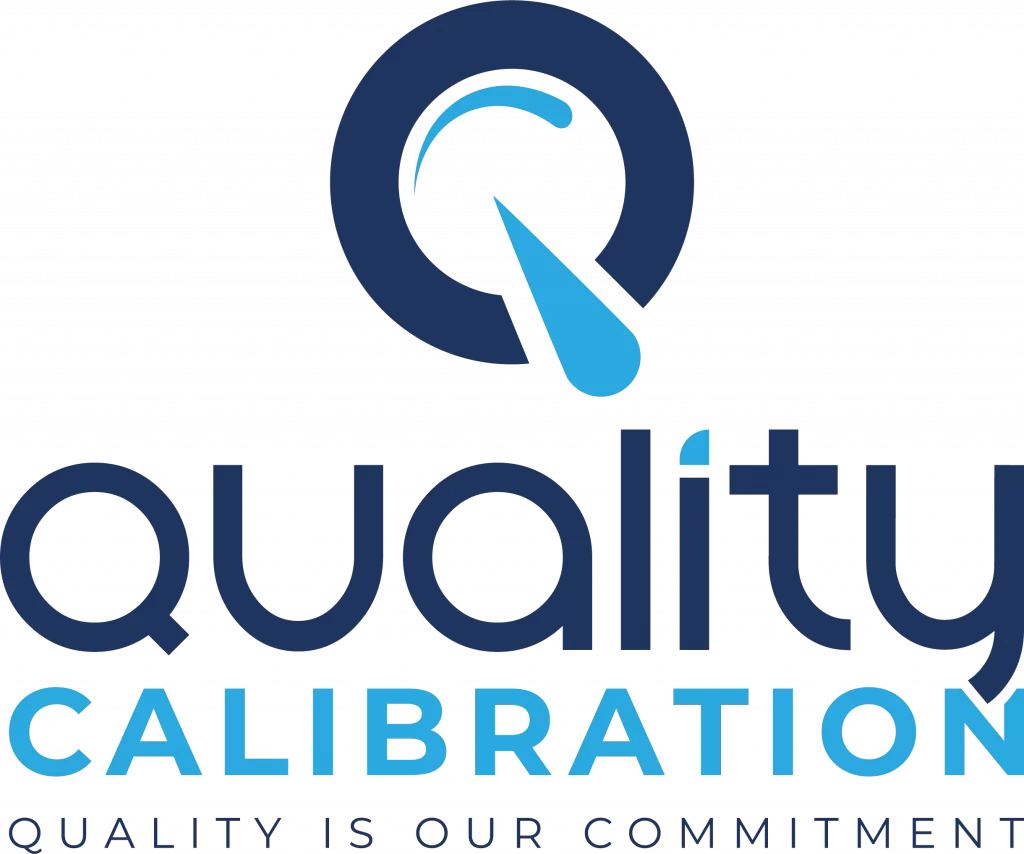Calibrating laboratory equipment in Bangladesh requires meticulous attention to detail, and one critical aspect is controlling the lighting conditions. Proper lighting is essential to ensure accurate and consistent results in various calibration processes. In this guide, we will explore how to get controlled lighting in laboratory calibration environments in Bangladesh.
The Significance of Controlled Lighting
Laboratory calibration is all about precision and accuracy. Even slight variations in lighting can introduce errors in measurements and render calibration processes unreliable. Whether you are working with sophisticated instruments or more basic equipment, controlling lighting is paramount to achieving trustworthy results.
Challenges in Bangladesh’s Laboratory Calibration Environments
Before delving into the specifics of controlled lighting, it’s essential to understand the unique challenges faced by laboratories in Bangladesh:
Humid Climate
Bangladesh’s tropical climate is characterized by high humidity levels. This can affect the performance of sensitive equipment and lead to the growth of molds and fungi. Proper lighting control can help mitigate these issues.
Frequent Power Outages
Bangladesh experiences periodic power outages, which can disrupt calibration processes. Effective lighting solutions should be able to operate without reliance on a stable power supply.
Limited Resources
In some cases, laboratories in Bangladesh may have limited resources. Therefore, cost-effective solutions for controlled lighting are essential.
Steps to Achieve Controlled Lighting
Now, let’s dive into the steps you can take to achieve controlled lighting in your laboratory calibration environment:
1. Use Dedicated Lighting Systems
Invest in dedicated lighting systems designed for laboratory use. These systems offer greater control over intensity, color temperature, and direction. LED lights are energy-efficient and can provide stable illumination.
2. Install Light Control Devices
Utilize light control devices such as dimmers, diffusers, and filters. These accessories can help you fine-tune the lighting conditions according to the specific requirements of your calibration procedures.
3. Maintain Clean Fixtures
Ensure that your lighting fixtures are clean and free from dust or dirt. Regular cleaning and maintenance can prevent light quality degradation.
4. Consider Natural Light
Leverage natural light when possible. However, it’s essential to have the means to control it. Use blinds, curtains, or UV-filtering windows to modulate natural light in the laboratory.
5. Use Light Meters
Employ light meters to measure and monitor the intensity and uniformity of light in your laboratory. This ensures that your lighting conditions remain consistent throughout the calibration process.
6. Implement Emergency Lighting
As power outages are common in Bangladesh, consider installing emergency lighting systems that can operate on battery power. This ensures that you can continue your calibration work even during blackouts.
7. Create Separate Calibration Areas
If your laboratory deals with multiple calibration procedures, consider creating separate areas for each with dedicated lighting setups. This minimizes the risk of cross-contamination between different calibration processes.
Cost-Effective Solutions
Given the potential resource limitations in Bangladesh, here are some cost-effective lighting solutions:
1. LED Tube Lights
LED tube lights are energy-efficient and affordable. They provide uniform lighting and can be easily integrated into existing fixtures.
2. Compact Fluorescent Lights (CFLs)
CFLs are another budget-friendly option. While they are not as energy-efficient as LEDs, they offer good illumination and are widely available.
3. Solar-Powered Lights
To address power outage concerns, solar-powered lighting systems are a viable option. These systems store energy during the day and provide illumination when needed, making them reliable in areas with unstable power supplies.
Conclusion
Achieving controlled lighting in laboratory calibration environments in Bangladesh is crucial for maintaining accuracy and precision in calibration processes. By following the steps outlined in this guide and considering cost-effective solutions, you can ensure that your laboratory operates under optimal lighting conditions, even in the face of challenges such as humidity and power outages. Calibration is a meticulous science, and proper lighting is a fundamental component of success in this field.

Md. Hasan Ibrahim is a Technical Manager at Quality Calibration with extensive experience in the calibration sector since 2015. Holding a Bachelor of Science degree in Mechanical Engineering from Khulna University of Engineering & Technology (KUET), he has received training from various national and international organizations including CSIR-CMERI, QSI, BAB, NML-BSTI, memmert, and X-rite. With expertise in ISO/IEC 17025 assessment, method validation, metrological traceability, and uncertainty, he has successfully completed numerous calibration projects across diverse industries such as pharmaceuticals, food & beverage, oil & gas, textiles & garments, power plants, batteries, chemicals, hospitals & healthcare, and private universities.


